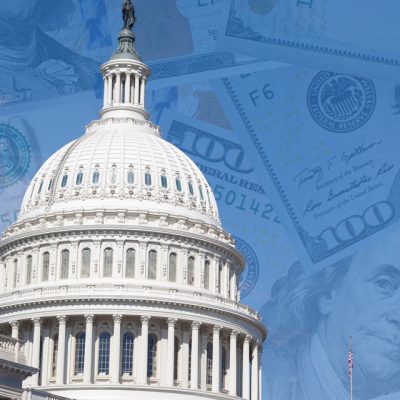This year is turning out to be one of the worst on record to retire, as the
market downturn and a big increase in layouts for food, gas, housing and medications have played havoc with retirees' finances, according to the
2022 Global Retirement Index released this week by Natixis Investment Managers. The U.S. dropped to No. 18 out of 44 developed countries from No. 17 in the 2021 GRI, in part because of relative improvements in other countries that pulled them ahead in the index. The overall U.S. score declined three percentage points from a year ago to 69%. This was driven by lower scores on key measures of material well-being — namely, employment — and income equality, for which the U.S. has the seventh lowest score of all GRI countries. Lower scores on tax pressure, old-age dependency — the number of people 65 and older per 100 people between the working ages of 15 and 64 — and higher government debt also contributed to a lower overall ranking. American retirees will find it harder to make up for lost ground in the face of new market risks from inflation, low but rising interest rates and ongoing volatility, according to Natixis. "Getting retirement security right so that people can live with dignity after their working years is a core sustainability issue for society and one of the most important mandates for governments and the financial industry,"
Liana Magner, head of retirement and institutional in the U.S. for Natixis IM, told a gathering of large U.S. retirement plan sponsors. "The GRI provides insight into the levers that can drive or diminish the wellbeing of retirees, and it serves as an important benchmarking tool for policymakers, employers, financial professionals and individuals." Natixis IM created the Global Retirement Index in collaboration with CoreData Research, basing its rankings on an aggregate of mean scores from 0% to 100% for 18 performance measures in each of four sub-indexes — finances in retirement, material well-being, health and quality of life — which are combined to provide an overall picture of the environment for retirees.
Biggest Risks to Retirement Security
In a survey earlier this year, Natixis IM asked U.S. financial advisors what the biggest retirement planning mistakes investors make were. Their responses included:
- Underestimating how long they will live: 61%
- Underestimating the impact of inflation: 57%
- Being too conservative in investments: 54%
- Overestimating investment income: 52%
- Forgetting to factor in health care costs: 49%
"Inflation has been the long-sleeping giant of worries for retirees and is now at the apex of retirement security threats,"
Dave Goodsell, executive director of the Natixis IM Center for Investor Insight, said in a statement. "The rate hikes the Federal Reserve and other central banks have implemented to quell inflation further compound the problem, creating short-term pain for retiree portfolios." Goodsell said investment strategies, financial planning, employee benefits and policy considerations will all have to take into account inflation, interest rates and increased longevity. According to Natixis IM, challenges to retirement security are particularly problematic in countries with a pay-as-you-go retirement system, which is the model for
Social Security in the U.S. It noted that in 1950, 15 years after the Social Security system was created, the U.S. had an old age dependency ratio of just 14.2% — 14 dependent people for every 100 working-age people. By 2020, the ratio had reached 28.4%, and by 2050, the over-65 population in the US is projected to reach 40.4%. Increased longevity, which contributes to the growth of the aging U.S. population, breaks the underlying formula on which the retirement system is based, and the nation's growing debt burden serves to limit policy options. See the gallery for the 15 best countries for retirement security, as well as how the United States compares.










